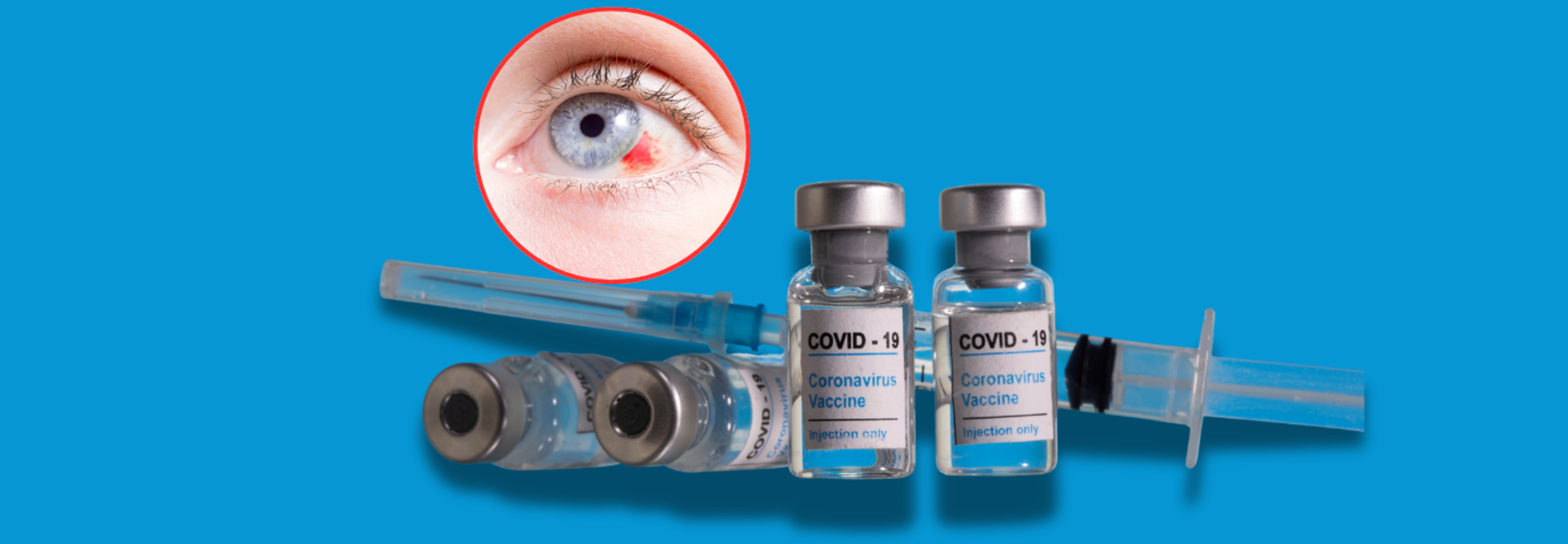Pfizer COVID-19 Vaccine Linked To Major Eye Dysfunction, Study Finds

Credits: Canva/Reuters
SummaryA new study suggests a potential link between the Pfizer COVID-19 vaccine and serious eye conditions like retinal vascular occlusion, prompting further investigation into rare post-vaccination complications.
End of Article
